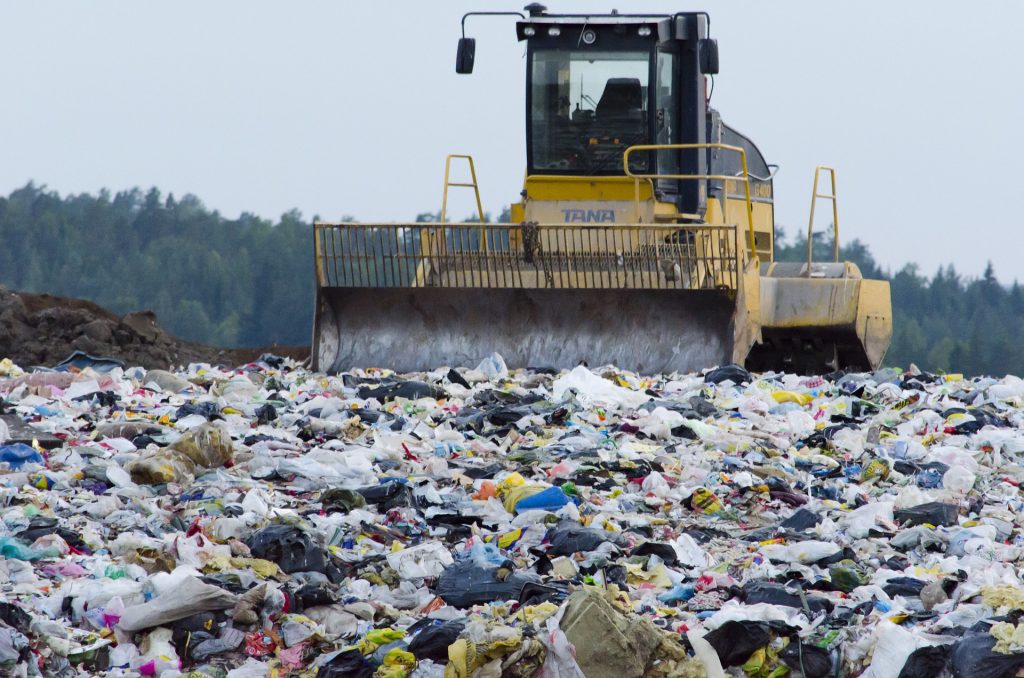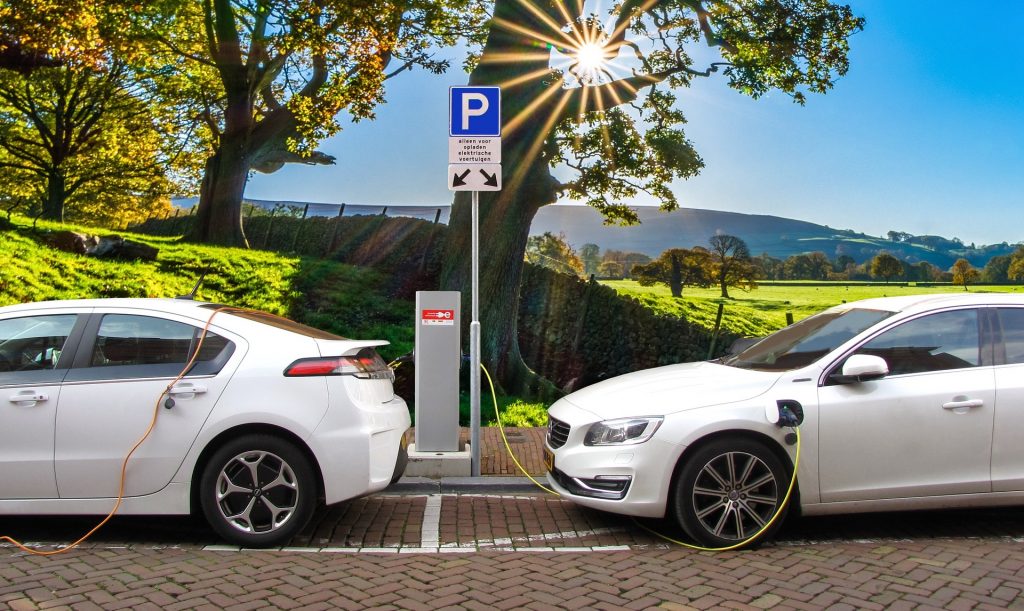Will Hitchcock is the founder and CEO at Above, a technology company that is using drones to accelerate the rollout of solar energy.
Three sustainability innovations you may have missed
In this two-part series, I’m exploring three innovations that could shape the future of battery power.
Coming up:
- Is time running out for the lithium-ion battery?
- Alternatives to existing lithium-ion technology
- Reuse and recycling.
Our fickle relationship with electronics is no secret
According to the United Nations University, we generated 44.7 million metric tonnes of electrical waste in 2016 (forecast to reach 52 million metric tonnes by 2020). That’s equivalent to the weight of 1.23 million fully loaded 18-wheel trucks.
Only around 20% of this waste is reused or recycled, with most of the remaining 80% being sent to landfill (or stored in our homes).
Although not all of this waste is made up of mobile devices, the overall picture remains the same. We are wasting an enormous volume of high-value, non-renewable resources.
Is time running out for the humble lithium-ion battery?
- The vast majority of mobile devices and electric vehicles (currently available in the market today) rely on lithium-ion technology.
- Manufacturing new batteries requires non-renewable resources such as lithium carbonate, cobalt and nickel.
- There is currently no industrial scale, cost-effective method for recovering these non-renewable resources from used lithium-ion batteries.
The cost of sourcing nickel and cobalt is rapidly becoming prohibitive:
- The price of cobalt has already increased more than four-fold in under three years. From $10 a lb in December 2015 to around $43 a lb in September 2018.
- According to the World Economic Forum, demand for cobalt will more than double by 2020.
Broadly, this surge in demand is being fuelled by the growth of emerging markets, the rise of electric vehicles and (perhaps ironically) the renewable energy sector.
Even based on a conservative forecast on the future of electric vehicles (without significant innovation) demand for nickel is also likely to rise.
Phew! So what does this all mean?
The optimist:
In the absence of new innovation, it is difficult to foresee any scenario where manufacturers’ competitiveness won’t be damaged.
The pessimist (worst case scenario):
Without significant innovation, a future generation of products could be out of reach for the majority of consumers.
The social and environmental need for change is also clear:
- Nickel mining suspended in the Philippines in light of air and water pollution
- Human rights abuses in the Democratic Republic of Congo (estimated to supply 60 to 65% of the world’s cobalt).
Alternatives to lithium-ion (solid-state battery technology)
So-called ‘solid-state’ technology has attracted a lot of buzz recently.
Much to the frustration of many smartphone owners, lithium-ion has barely changed since Sony first released its ground-breaking new camcorder back in 1991. Yikes, I feel old!
Although potentially exciting from a sustainability perspective, solid-state batteries are not likely to take any industry by storm any time soon.
More on that later.
What is a ‘solid-state’ battery?
‘Solid-state’ is a rather nebulous buzzword that actually refers to eight different battery technologies. The basic principle is to create a thin, lightweight and long-lasting battery by replacing the conductive chemical liquid in lithium-ion with a solid electrolyte.
The benefits of solid-state battery technology
Solid-state batteries could significantly increase the potential for reuse and recycling.
Ilika (a company that is developing solid-state batteries for IoT devices) believe solid-state could increase ‘cycle life’ from two to around 10 years.
Challenges with solid-state technology:
- Not yet suitable for use in smartphones
- Still relies on non-renewable resources
- High cost relative to performance
- Extending product life may be perceived as commercially counter-intuitive.
Alternatives to lithium-ion (‘cobalt-free’ batteries)
Rising commodity prices have led manufacturers like Panasonic (who supply Tesla’s Model S) to announce plans to develop ‘cobalt-free’ batteries.
Interestingly, there have also been reports that the company seems to be increasing production of its existing cobalt-based batteries. Clean Technica recently reported that an employee at Panasonic has confirmed they are working towards a gradual reduction over a period of two to three years. In true automotive style – all pretty secretive – but definitely one to watch!
Next week, I will be exploring some exciting new developments around reuse and recycling; and how it could help businesses keep high-value resources out of landfill.
If you enjoyed this post, share it using the buttons below.
**
All views are my own.







